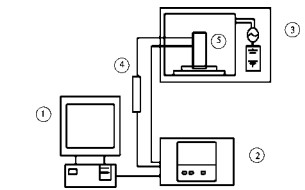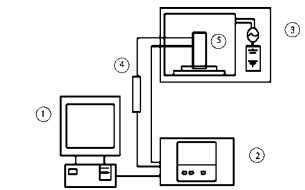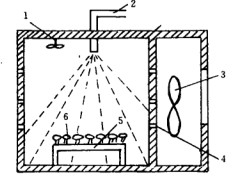microwave drying equipment
Key words: agricultural products; microwave drying; equipment; research progress 0 Introduction
Key words: agricultural products; microwave drying; equipment; research progress 0 Introduction
Drying is an important means to ensure the quality of agricultural products. It is also a common food processing technology. China's agricultural products are relatively scattered, and the processing level is backward, resulting in a large number of losses in the transportation, storage and marketing links after harvest. Timely and effective post-harvest drying is of great significance to reduce the production costs and economic losses of grain, fruits and vegetables, edible fungi and other agricultural products.
In recent years, the demand for dehydrated fruits and vegetables has been increasing rapidly both in China and in the international market. The dried products after dehydration are not only convenient for transportation, storage and sale, but also improve the added value of agricultural products, and have great market potential and development space. It is particularly important to improve the drying technology level of agricultural products.




